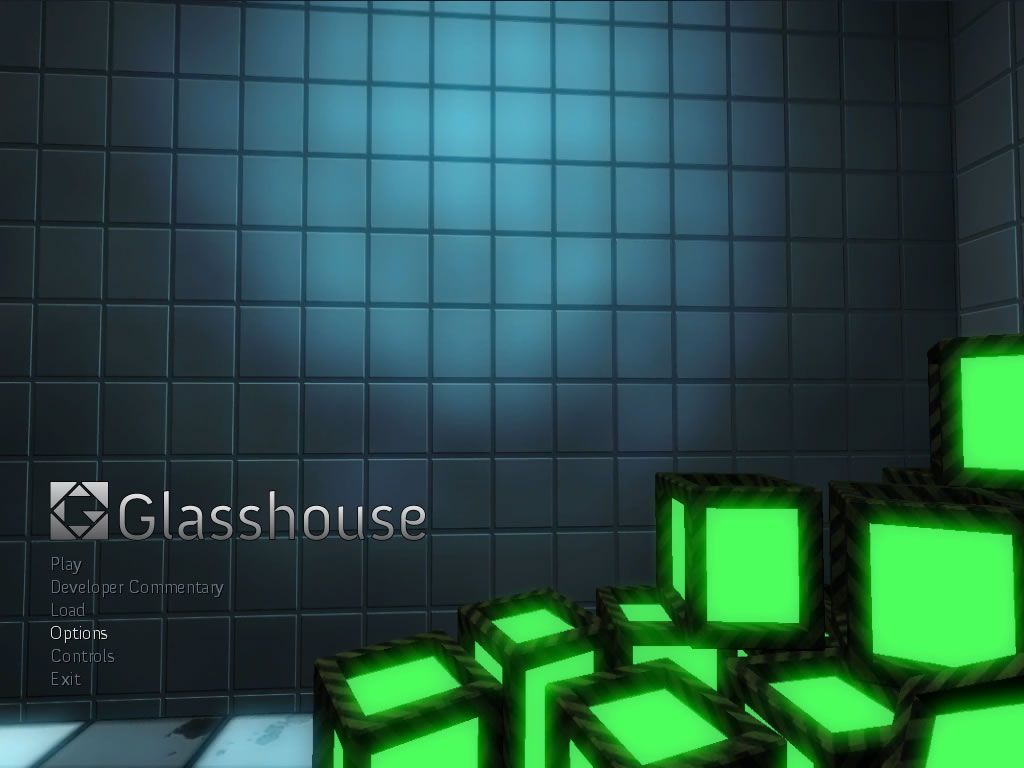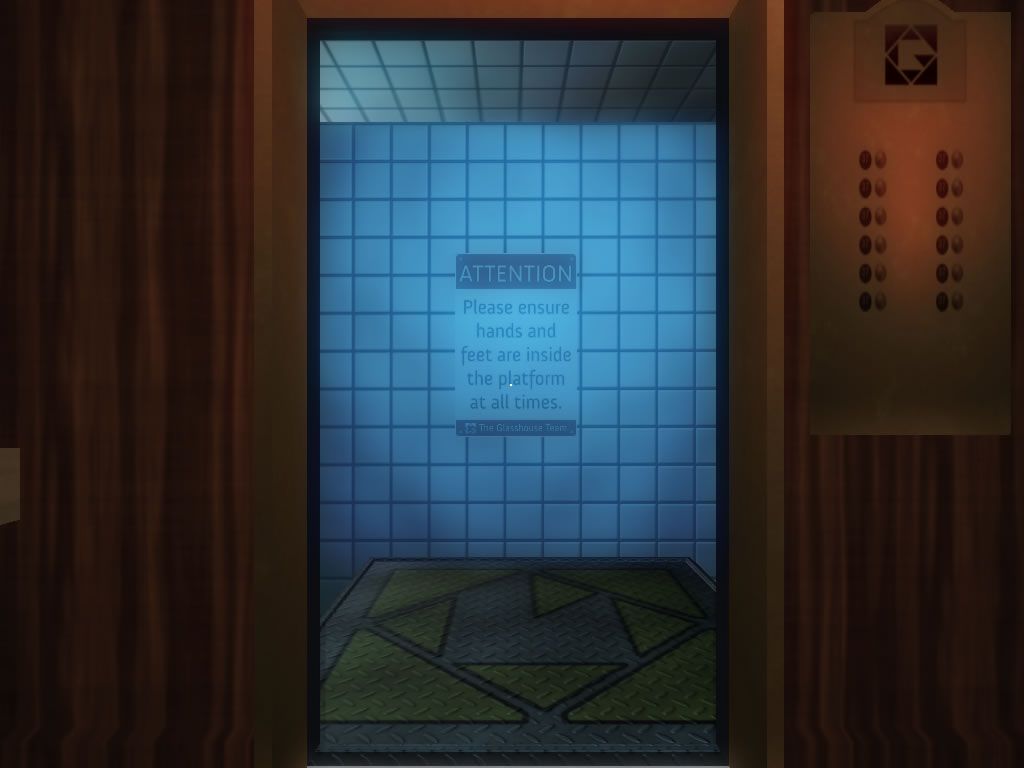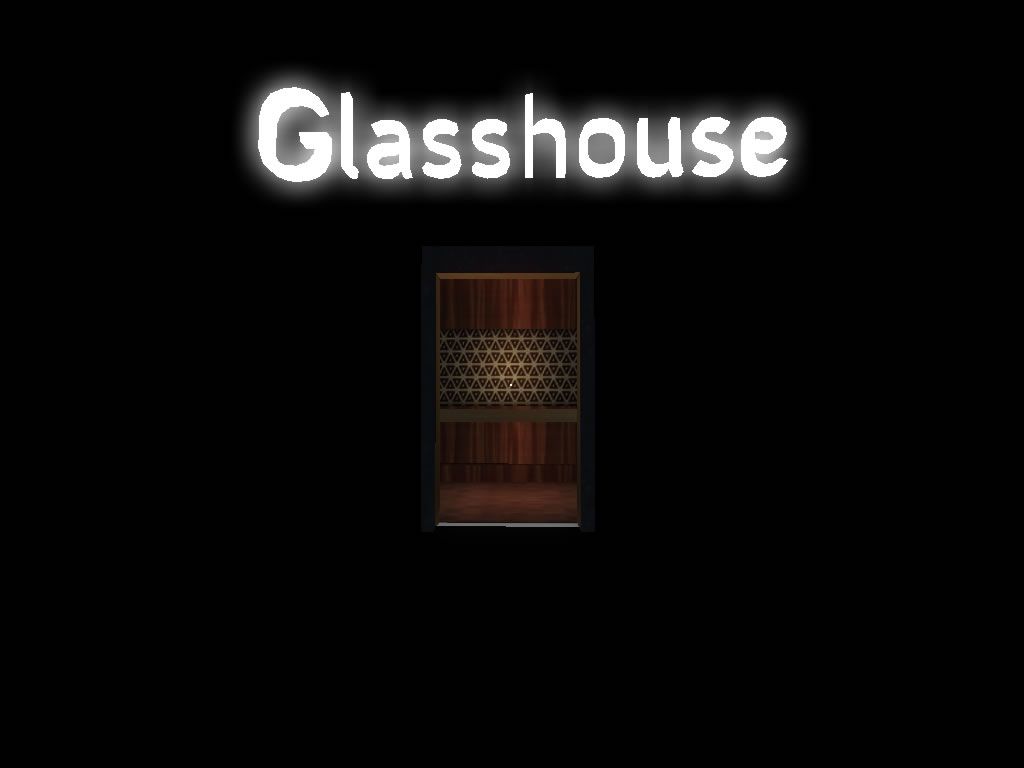Retro Replay Review
Gameplay
Glasshouse places you in an abandoned complex filled with interconnected chambers, each designed around physics-based puzzles. Borrowing the pull-and-push mechanics from Half-Life 2’s gravity gun and the portal-adjacent logic puzzles of Portal, the game challenges you to manipulate cubes and crates, activating switches and pressure plates to unlock the path forward. The core mechanic revolves around an in-house developed “object gun” that lets you grab, fling, and stack items, turning every chamber into a stage for creative problem-solving.
The difficulty curve is approachable but steadily ramps up as you progress. Early levels introduce platform jumping and simple button presses, easing you into the object-gun’s controls. As you advance, rooms become more elaborate, requiring you to chain together multiple physics interactions—stacking crates to reach high platforms, timing your launches to land precise shots, or balancing cubes on moving platforms. Unlimited retries mean experimentation is encouraged rather than penalized, keeping frustration to a minimum.
The addition of sentry guns in the final level adds a surprising twist, injecting a hint of timed pressure into what has been a mostly contemplative experience. It’s a small but effective shake-up that tests your mastery of the object gun under threat, reminding you how satisfying it is to solve puzzles under a bit of duress. Overall, the gameplay loop is concise and rewarding, with each new mechanic feeling purposeful rather than tacked on.
For those interested in development, Glasshouse offers an optional developer commentary track. Toggling commentary overlays insights about level design, scripting challenges, and art decisions. This feature doubles the game’s value, providing an educational peek behind the curtain without disrupting immersion. Whether you’re a puzzle fan looking for fresh mechanics or an aspiring designer hungry for tips, Glasshouse’s gameplay shines through its smart design and polished physics engine.
Graphics
Graphically, Glasshouse embraces a clean, minimalist aesthetic. The abandoned facility is rendered in muted grays and industrial tones, punctuated by the vibrant glow of switches and energy lines. This color contrast not only looks striking but serves as a visual guide, drawing your eye toward puzzle-critical elements. Occasional graffiti and worn textures reinforce the sense of decay while preventing the environment from feeling too sterile.
The in-house Glasshouse engine handles lighting and reflections adeptly, casting realistic shadows that evolve as you move crates and cubes around. Subtle post-processing effects—like bloom on illuminated surfaces and slight depth of field in the distance—add polish without overwhelming performance. On mid-range hardware, the frame rate remains steady, ensuring that physics interactions feel consistent and controls stay responsive.
While Glasshouse doesn’t aim for photorealism, its stylized world is cohesive and purposeful. Level layouts are clearly readable, and object collisions register accurately thanks to precise collision meshes. Textures are crisp up close, and the occasional weathered metal plate or cracked concrete wall adds authenticity. The visual feedback when cubes land or when buttons depress is satisfyingly tactile, reinforcing the game’s emphasis on hands-on puzzle work.
Developer commentary also covers graphic design choices, explaining why certain materials were selected, how lighting was balanced for gameplay clarity, and the trade-offs involved in developing an engine from scratch. For players who appreciate behind-the-scenes context, these insights illuminate the care taken to marry form and function within Glasshouse’s world.
Story
Glasshouse adopts a mostly environmental storytelling approach. The narrative is minimal: you awaken in a deserted research facility and must navigate its test chambers to uncover what happened. Sparse audio logs and cryptic scrawlings on walls hint at experiments gone awry, letting your imagination fill in the gaps. This understated method keeps the focus on puzzles while still providing a sense of intrigue.
Despite the lack of a traditional protagonist or dialogue, the setting conveys mood effectively. Flickering lights, distant machinery hums, and occasional vent bursts create an atmosphere of tension and abandonment. You get the feeling that someone—or something—might still be lurking in the shadowed corridors, even if no humanoid enemies appear until the final level. It’s an immersive backdrop that compels you to push forward, if only to learn more about the facility’s fate.
For players seeking deeper lore, the developer commentary offers context on the facility’s design, the inspiration behind its cold-industrial look, and the narrative beats that were intentionally left ambiguous. Hearing the creators discuss their storytelling philosophy adds layers of appreciation, revealing how small details—like the placement of a single broken cube—were used to evoke curiosity and unease.
Ultimately, Glasshouse’s story may feel lean compared to sprawling narrative-driven titles, but its subtle approach aligns perfectly with the gameplay. By leaving much unsaid, it invites you to piece together the puzzle of the abandoned complex alongside the literal puzzles you solve, creating a satisfying blend of mystery and mechanics.
Overall Experience
Glasshouse is a standout student project that punches well above its weight, delivering an engaging puzzle experience backed by solid physics and thoughtful design. Its Portal and Half-Life 2 inspirations are clear but wisely reinterpreted, allowing Glasshouse to stand on its own merits. The unlimited retries and clear visual cues make it welcoming for newcomers, while the steadily evolving mechanics keep seasoned puzzle fans invested.
The optional developer commentary elevates the package, transforming a 2–3 hour playthrough into an interactive case study on level design and engine development. Whether you choose to dive into the commentary or simply enjoy the core experience, there’s a commendable level of polish throughout. Minor rough edges—such as occasional object clipping—are forgivable in light of this being a student venture.
Running smoothly on a broad range of systems and priced attractively, Glasshouse offers excellent value for anyone curious about physics-based puzzles or indie development. Its concise scope ensures there’s no filler content, resulting in a tightly focused journey from start to finish. The final-level sentries provide a memorable crescendo, reminding players why hands-on puzzle design remains compelling when done right.
In summary, Glasshouse succeeds as both a puzzle game and a demonstration of emerging talent. With smart mechanics, clear aesthetics, and an atmospheric backdrop, it deserves attention from anyone seeking a concise, well-crafted puzzle adventure. Whether you’re here for the inventive gameplay or the developer insights, Glasshouse provides an experience that’s both fun and enlightening.
 Retro Replay Retro Replay gaming reviews, news, emulation, geek stuff and more!
Retro Replay Retro Replay gaming reviews, news, emulation, geek stuff and more!








Reviews
There are no reviews yet.